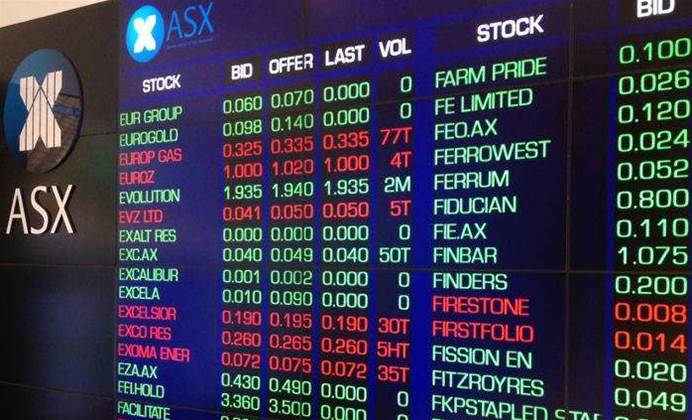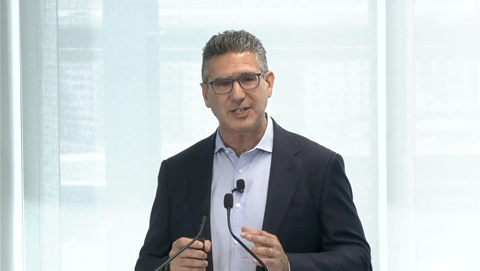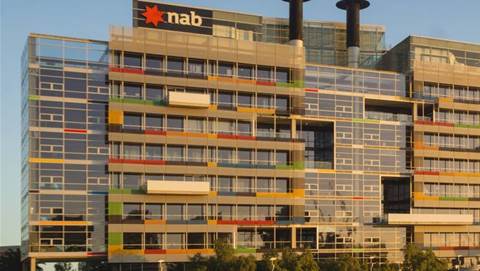The Australian Securities and Investments Commission has proposed new rules that will require banks and stockbrokers to boost their monitoring and data storage capability, as part of a review of dark liquidity and high-frequency trading.

The regulator today played down public concerns about high-frequency trading, conceding there was some public concern about its disorderliness and the potential for it to be unfair to some investors, but argued much of the concern stemmed from the now widespread use of trading technology by investors.
However, the securities regulator has recommended a number of actions that will boost monitoring and data storage requirements for major banks and stockbrokers in a bid to bring more transparency to dark pools - trades in which securities are traded outside the exchange.
The regulator set up two taskforces last year to examine the impact of dark liquidity and high-frequency trading on Australia's financial markets.
Today ASIC said the taskforce did not find systematic manipulation or abuse of markets by high frequency traders, but rather that their trading strategies are commonly adopted by many other algorithmic traders, including major institutions.
“Electronic trading has been with us since the 1970s. It is now exponentially faster and regulation must move with it,” said ASIC deputy chairman Belinda Gibson.
“The work of the two taskforces has shown that while there are some regulatory gaps to be filled, the overall framework is robust, and that markets and participants are adapting to the faster pace of change.”
ASIC senior executive leader of market and participant Supervision Greg Yanco said the regulator was adjusting to the new normal.
“The new normal is algorithmic trading and crossing engines, all we're doing is dealing with it.”
The report says advances in technology have fundamentally changed the way orders are generated and executed by all users of the market, with decision and execution algorithms now dominating most trades.
ASIC is proposing banks and stockbrokers be required to monitor orders and trades on their crossing systems (which include dark pools) and report suspicious activity to the regulator.
It is also proposing crossing system operators make records about all orders (including the parameters set for each order) in the system and retain these for seven years.
Gibson told iTnews while some organisations may be forced to upgrade monitoring and other IT platforms to deal with the proposed new rules, it was now simply a cost of doing business.
“If they can afford to invest in the type of technology to provide those services to clients they can afford to undertake monitoring,” Yanco said.
ASIC revealed plans to deploy a hosted system to better monitor high-frequency trading activity in December last year.
As a result of an earlier government proposal, all automated trading programs are required have “kill switches” by June 2014 to immediately disable them if they malfunction.
Market participants have until the 10th of May to comment on the likely costs of compliance with the proposals, with ASIC planning to finalise the new rules by August.









.png&w=100&c=1&s=0)

 iTnews Benchmark Security Awards 2025
iTnews Benchmark Security Awards 2025
 Digital Leadership Day Federal
Digital Leadership Day Federal
 Government Cyber Security Showcase Federal
Government Cyber Security Showcase Federal
 Government Innovation Showcase Federal
Government Innovation Showcase Federal
 Digital NSW 2025 Showcase
Digital NSW 2025 Showcase












_(1).jpg&h=140&w=231&c=1&s=0)



